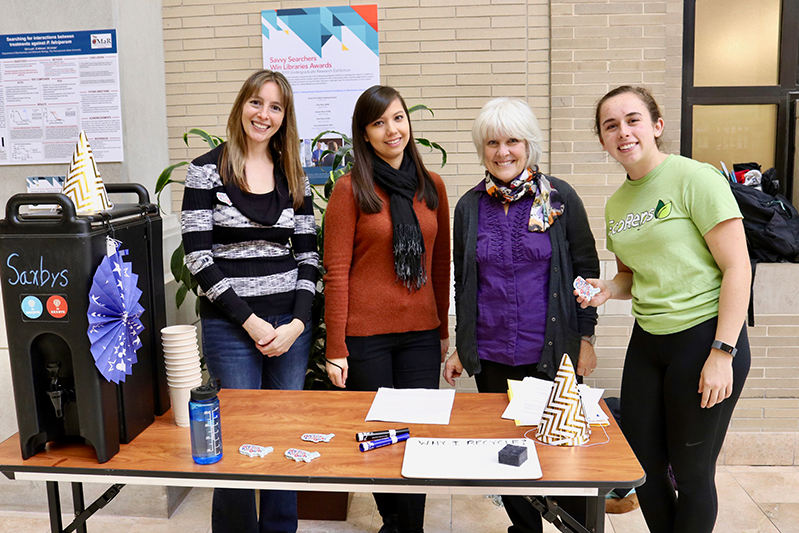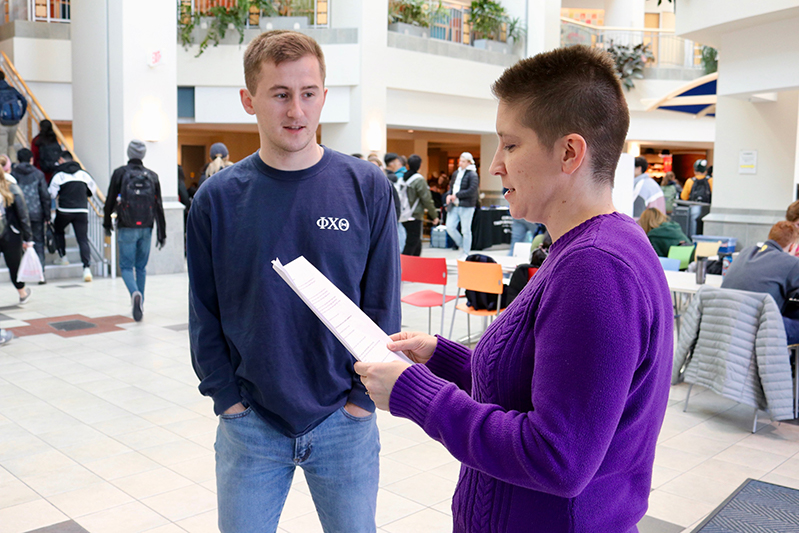Overview
What is a Green Team?
Green Teams are groups of faculty, staff, and students volunteering to engage and educate their peers to help their organization (college, department, building, etc.) operate in a more efficient, innovative, and healthy way. Typically, Green Teams focus on making their operations more sustainable through initiatives unique to their departments and/or the easy to follow Green Paws Program. Currently, the University has 30 Green Teams operating in various colleges and units and 11 of them at the Commonwealth Campuses. This network of change agents work with the Colleges’ Sustainability Councils, which have been formed to strategically advance the University’s sustainability goals, matching the work to the College’s unique mission.
What initiatives are these teams working on? Check out the success pages.
See the tabs above for more on forming your own Green Team, signing up for an orientation session, learning resources, and locating a team in your unit. For more information contact Jack Rumery at jxr6164@psu.edu.
Benefits
The ability to work with co-workers to make positive change:
- It’s more effective (and more fun!) to work with others
- Connection to over 40 Green Teams across the Commonwealth
- Bring recognition to your unit for having a Green Team
- Communicate with a network of Green Teams and access SDG educational resources through our Teams channels.
- Invitation to Green Team gatherings and special training sessions
- Access to the best and latest information, resources, events and news available about sustainability at Penn State that can help you and your Green Team succeed.


How to Form A Green Team
- Contact Jack Rumery to arrange a meeting and answer any questions you have: jackery7@psu.edu
Update Information
To ensure that we provide your Green Team with the most accurate and up-to-date information, we ask that you let us know if there are any changes to your existing team. Please use this form to update the following:
- Green Team Name
- Green Team Leader Information
- Green Team Member Information
- Green Team Contact Information


